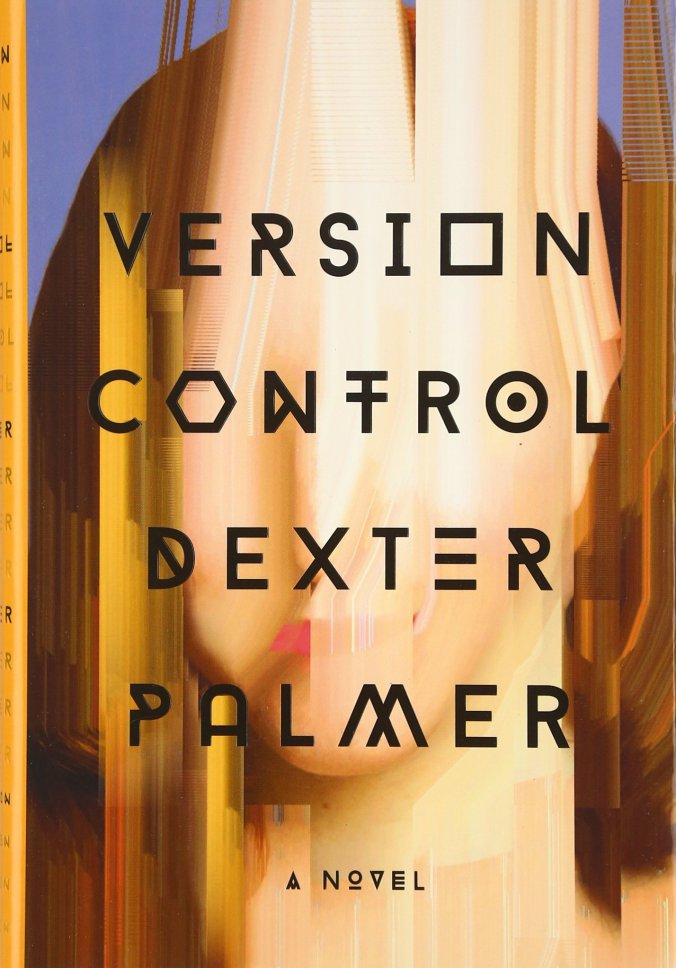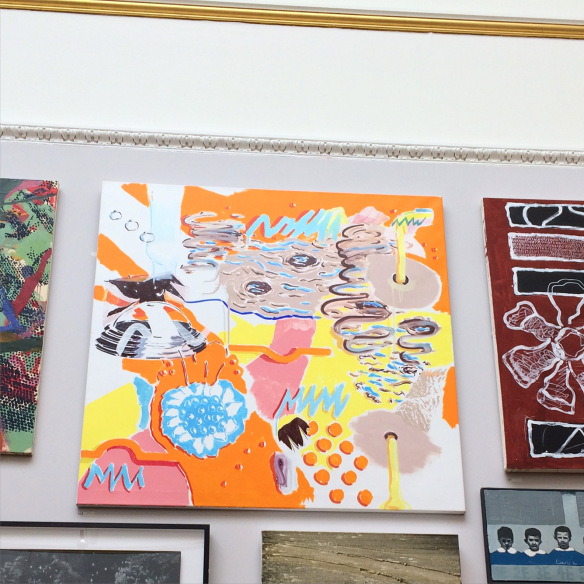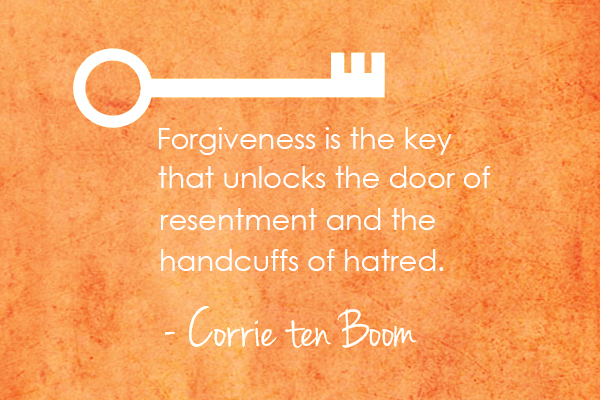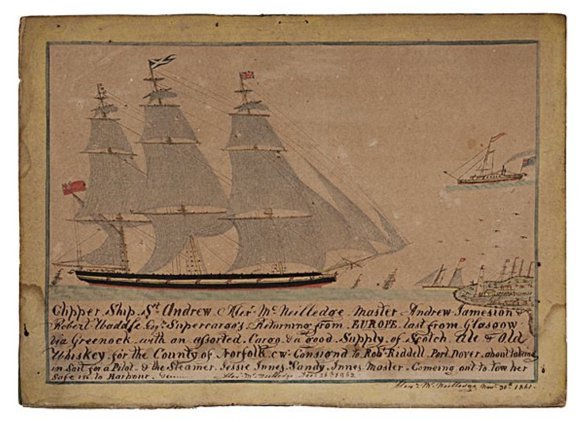The Specs
- What: New People
- Who: Danzy Senna
- Pages: 229
- Genre: Contemporary adult fiction
- Published: 2017
- The lit:

 of 5 flames
of 5 flames
Rarely do I not know what to say about a book. Usually I could talk for hours about a specific plot, character development, narrative arc, setting, etc. etc. etc. And whether I loved or hated the book usually doesn’t matter. I’m a bibliophile; I can talk about books forever.
But Danzy Senna’s 2017 novel, New People had me coming up short. All I can say is that it barely ignited two flames. This might seem harsh, but honestly, the only thing that kept me reading was knowing that I only had to get through 229 pages. “Get through.” That’s not how I speak of literature. New People lacked depth and explanation, and while the bones are there for a great story, they were poorly constructed. I felt lost in every one of those 229 pages.
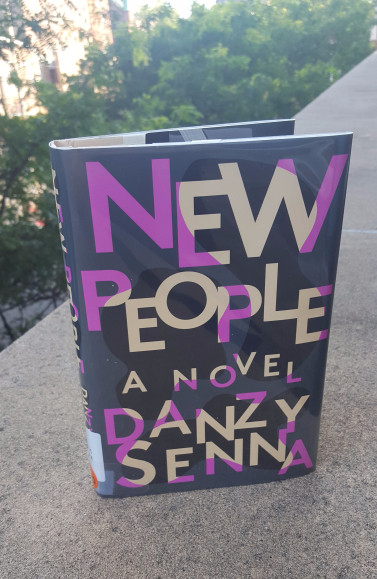
In New People, Senna falls back to the narrative that made her a literary star: the dynamics of race and identity. The story takes place in 1996 Brooklyn amid new racial identities and classes. The main character, Maria, lives with her fiance, Khalil, both of whom represent these “new people” with their light skin, mixed backgrounds, and mulattoness. Months away from her wedding, she becomes infatuated with a a dark-skinned black poet who she keeps meeting in passing. We don’t know much about him, but we know he’s captivated Maria so much that she sort of becomes a stalker. There’s even a weird incident where she sneaks into his apartment while playing his neighbor’s “nanny.” Kidnap much?
The new infatuation symbolizes her ambivalence toward a perfect life that she will surely lead once she finishes her dissertation, marries Khalil, and fully settles into a Brooklyn dream. Everything she is pursuing is everything that goes against what she’s worked toward and what’s right in front of her. These two main points (we want what we can’t have and what’s right often isn’t so clear) are pretty obvious, but Senna muddies the waters when she tries mixing it with race relations.
I think these murky relationships are symbolized by a random gray figure or blob, which follows Maria throughout her poet obsession and first began when she was a kid. While I hypothesize the blob represents Maria’s apprehension about her race and identity, Senna’s point isn’t clear, allowing the blob to distract me from the main story. My other guess is that she has multiple personalities and a ton of paranoia, which doesn’t seem too far off.
“I realize you think that I, quote unquote, can’t decide, that I’m some tragic mulatta, betwixt and between. The queen of ambivalence.” — New People
Doreen St. Félix explained a lot of things to me in her Aug. 7 New Yorker review. For example, the poet’s darkness represents an “uncomplicated blackness.” While I understood what her new obsession met, the meaning of the man’s distinct blackness was lost on me, so this was a nice revelation. It’s these identifications of race relations that bumped up the book on my scale and were the most intriguing. But the fact that I needed a review to fill in so many gaping holes reflects a lack of clarity in Senna’s writing. Perhaps this draws a parallel with the incongruities in Maria as individual. But for me, it simply made it difficult read and something I would not recommend.
Share this:
